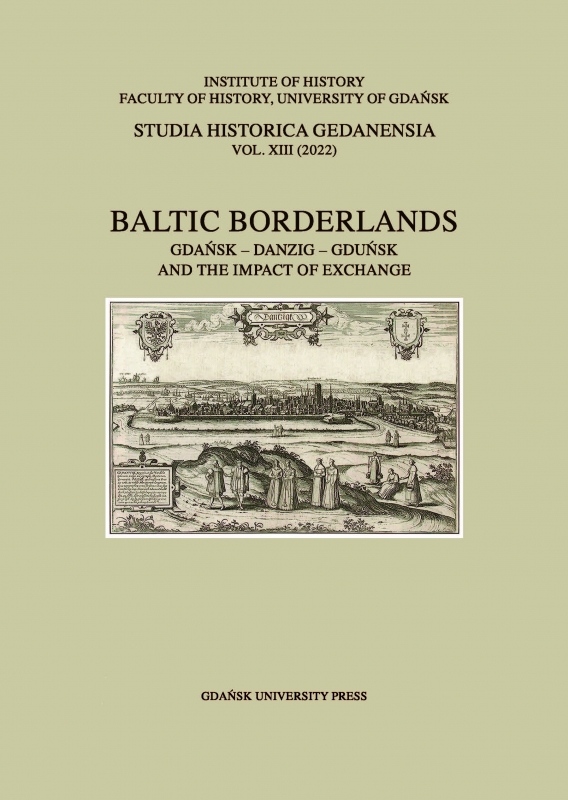Gdynia 1920–1939: Poland’s Gateway to the World
Gdynia 1920–1939: Poland’s Gateway to the World
Author(s): Marta GrzechnikSubject(s): History, Local History / Microhistory, Interwar Period (1920 - 1939)
Published by: Wydawnictwo Uniwersytetu Jagiellońskiego
Keywords: Gdynia; interwar; Baltic Sea; maritimity; propaganda
Summary/Abstract: In 1923, construction of a new Polish seaport began in the small fishermen’s village of Gdynia. By 1926, the village transformed into a port town, and by 1939 it was the biggest and one of the most modern ports on the Baltic Sea, responsible for half of Poland’s foreign exchange. The construction, which was a great investment and considerable strain on the country’s modest resources, was accompanied by intensive enthusiastic propaganda. It was carried out by research institutions (e.g. Baltic Institute) organisations such as Maritime and Colonial League, journalists, writers etc., and it was expressed in exhibitions, public events such as “Holidays of the Sea,”literature, poetry, film and other media. Gdynia became a symbol of Poland’s transformation from nation of farmers to one of seafarers; of modernisation, civilizational development, and even overseas expansion and acquiring colonies. This was summarised with a metaphor of the port being Poland’s “window”or “gateway to the world,”thanks to which it could escape its historically problematic position between Germany and Russia/USSR, and –through a network of trade connections, seafaring, and colonies in Africa and South America –acquire a global presence. This article discusses the rhetoric and realities of Gdynia as the symbol of this ambition in interwar Poland, the contrast and similarities between the image of Gdynia created in contemporary propaganda and publications, and the reality of the actual city.
Journal: Studia Historica Gedanensia
- Issue Year: 2022
- Issue No: 13
- Page Range: 204-224
- Page Count: 21
- Language: English

